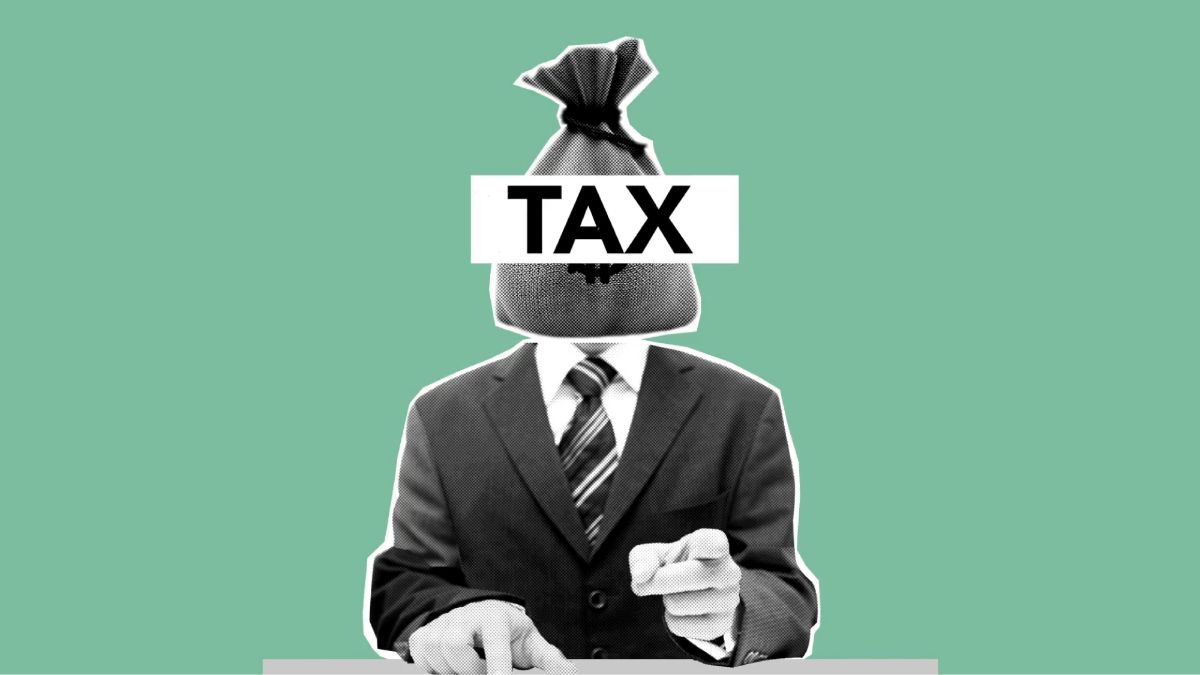A lot gets written about the tax deductions available for property investors. Negative gearing is often on the parliamentary discussion table, with the left often pushing for limiting or even outright banning negative gearing to help more Australians own their own home.
The tax benefits that already exist for owner occupiers are less widely discussed, but remain significant. If you own your own home, there are potentially several tax breaks available that you should know about.
Can homeowners deduct home office expenses?
Australians who work from home can generally deduct any work-from-home related costs from their taxable income.
The general rule of thumb for tax is that any expense in the name of generating income is deductible.
That means you can probably wipe the cost of office chairs, laptops, stationery, and even electricity and internet bills, from your pre-tax income.
However, the rules specify that you can only claim the portion of these costs that went towards work. You wouldn’t be able to claim your entire electricity bill, for example. This can get a bit complicated to work out so the ATO offer a shortcut called the ‘Fixed rate’ method.
The fixed rate method of deducting work from home costs
As of the 24/25 financial year, the fixed rate is 70 cents for every hour you work from home.
This is supposed to cover extra cost of household internet, electricity, gas, and consumables like ink.
Larger purchases, like a new monitor for example, can be deducted separately, so it’s important you still hold on to receipts to substantiate these claims come tax time. Expenses under $300 can be deducted in full, while larger purchases are claimed via depreciation.
Can you claim mortgage costs when working from home?
In some circumstances, homeowners who work from home can also claim back a portion of their occupancy expenses.
These might include the interest on mortgage repayments, council rates, land tax, and home insurance.
To be eligible, you’ll need to demonstrate that you have no alternative but to work from home and that the area you use is exclusively for work.
For example, a self employed sound engineer might convert a bedroom into a studio. If the room in question is 10% of the total area of their house, they might be able to deduct 10% of their occupancy expenses. Again, this requires detailed records. The ATO might need to see some of the following:
- A floor plan, with the working space clearly marked
- Bank statements for mortgage repayments
- Land tax notices (and evidence of payment)
- Water and council rates receipts
- A record of any time that the working space was used for something other than work
What housing costs can you claim on tax if you rent out a room?
If you rent out a room in your home, you can claim any expenses that relate to the room and the tenant.
That can include interest on mortgage repayments and council rates, but only the portion that applies to the space being rented out, and only during the tenancy. This also applies to those renting a portion of their home on a short stay platform like Airbnb.
The only catch is renting out a room renders you ineligible for a capital gains tax exemption when the time comes to sell the property (more on capital gains tax exemptions below).
What about stamp duty?
Stamp duty, sometimes called transfer duty, is a tax usually charged when a property changes ownership.
It can be a significant expense: someone buying a property in NSW worth $750,000 might expect to pay nearly $30,000 in stamp duty (per the Your Mortgage stamp duty calculator).
However, many states and territories have concessions or even exemptions for certain homebuyers.
|
State/Territory |
Stamp Duty concessions or exemptions for home buyers |
|---|---|
|
Australian Capital Territory |
Concessions may apply for in the ACT for buyers purchasing a property to live in. These concessions vary based on the property value and the income of the buyer. |
|
New South Wales |
First home buyers buying new or existing property can apply for an exemption from stamp duty if the property is valued under $800,000. Concessions apply for properties between $800,000 and $1,000,000. |
|
Northern Territory |
Stamp duty exemptions sometimes apply in the NT when purchasing a land and property package together. |
|
Queensland |
Concessions are available for anyone buying a home. A separate concession may also apply for first home owners buying a property valued under $800,000 while first home buyers who build a new home are exempt from stamp duty. |
|
South Australia |
First home buyers in SA may be eligible for stamp duty exemptions if they're building or buying a new property. |
|
Tasmania |
First home buyers in Tasmania may be eligible for a stamp duty waiver, providing the property is valued below $750,000. Pensioners downsizing their home may be eligible for a 50% discount if they spend less than $600,000, as may those purchasing an off-the-plan apartment worth less than $750,000. |
|
Victoria |
First home buyers may be eligible for a stamp duty exemption when the property is valued below $600,000. For properties between $600,001 and $750,000, concessions may apply. There may also be concessions available for pensioners, farmers, and those purchasing a property off-the-plan. |
|
Western Australia |
No stamp duty applies for first home buyers in WA when the property is valued under $700,000 in the Perth and Peel region and $750,000 in the rest of the state. Concessions may apply for properties valued between $430,001 and $530,000. |
*All information accurate as of November 2025.
What about capital gains tax exemptions?
When the time comes to sell your home, capital gains tax exemptions may apply.
Capital gains tax (CGT) is generally levied on the profit made from selling an asset for more than it was purchased. When investors sell a rental property for example, CGT generally applies.
An exemption from CGT applies for Aussies selling their home, or ‘principal place of residence’. To be eligible for the exemption, you’ll need to:
- Have lived in the property the entire time you’ve owned it
- Not have used it to generate income (if a room has been rented out for example, the exemption does not apply)
- Be selling a property no larger than two hectares
If you don't quite fit the bill, you might still be eligible for a partial exemption.
What is the six-year rule?
If you leave your home to live elsewhere, perhaps you take a new job interstate or go on an extended holiday, and you choose to rent your home out, you might be able to take advantage of the six-year rule.
This means you can generally treat your former home as your main residence for up to six years after moving out, meaning you won’t pay CGT if you sell it within that period. If you don't rent your home out while you're not living in it, you can sell it CGT-free at any point.
Though, the exemption stops applying if you've bought a new home to act as your principal place of residence in the meantime.
Top refinancing home loans available now
Below are some of the most competitive refinancing home loans for owner-occupiers.
| Lender | Home Loan | Interest Rate | Comparison Rate* | Monthly Repayment | Repayment type | Rate Type | Offset | Redraw | Ongoing Fees | Upfront Fees | Max LVR | Lump Sum Repayment | Extra Repayments | Split Loan Option | Tags | Features | Link | Compare | Promoted Product | Disclosure |
|---|---|---|---|---|---|---|---|---|---|---|---|---|---|---|---|---|---|---|---|---|
5.29% p.a. | 5.33% p.a. | $2,773 | Principal & Interest | Variable | $0 | $530 | 90% |
| Promoted | Disclosure | ||||||||||
5.19% p.a. | 5.10% p.a. | $2,742 | Principal & Interest | Variable | $0 | $0 | 80% |
| Disclosure | |||||||||||
5.39% p.a. | 5.43% p.a. | $2,805 | Principal & Interest | Variable | $0 | $530 | 90% |
| Promoted | Disclosure |
Image by Monstera Production via Canva
First published in April 2024
Collections: Refinance home loans






Share